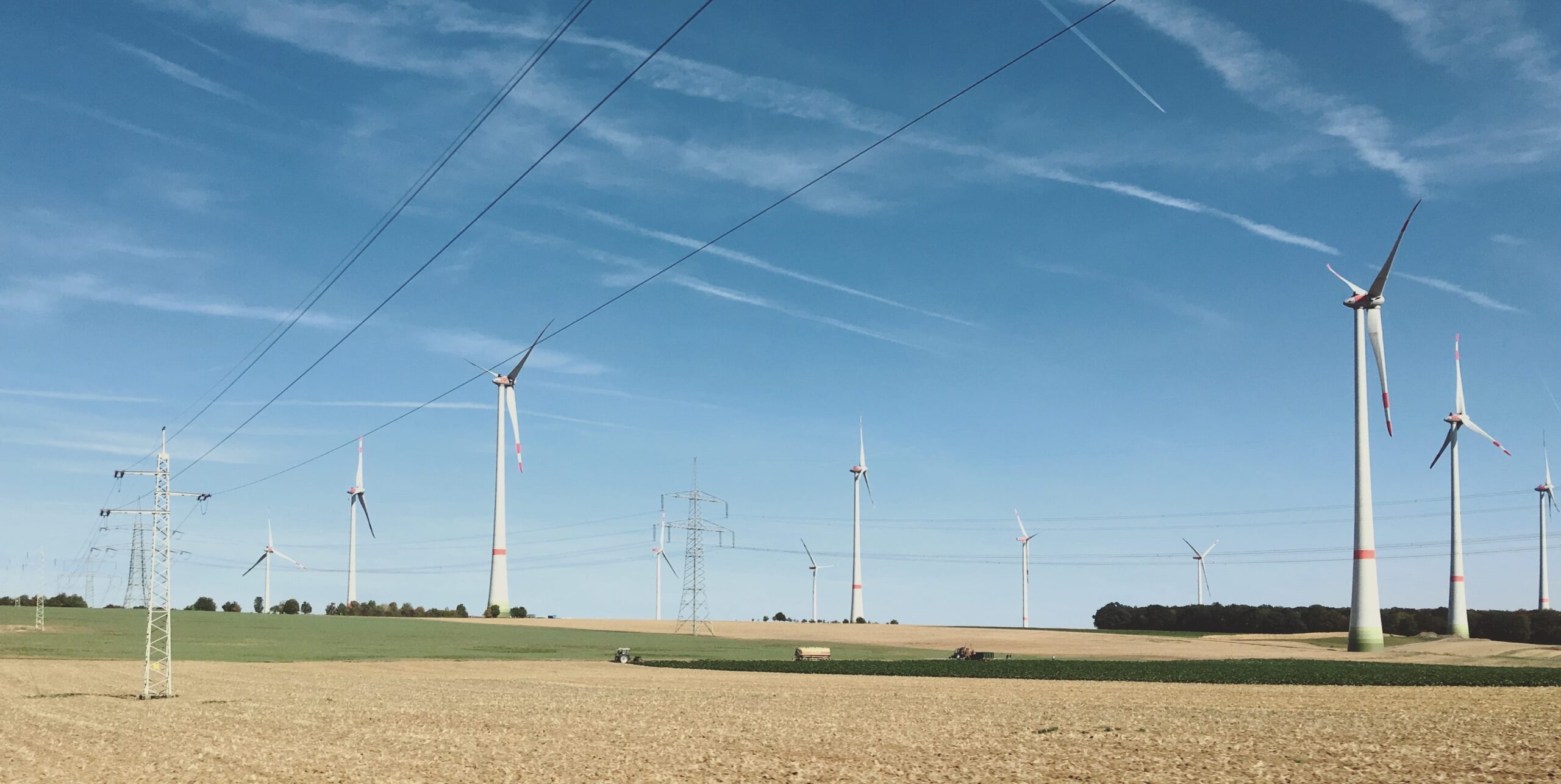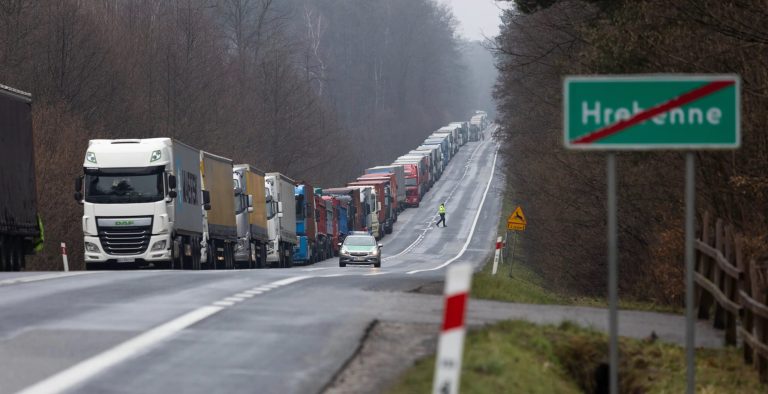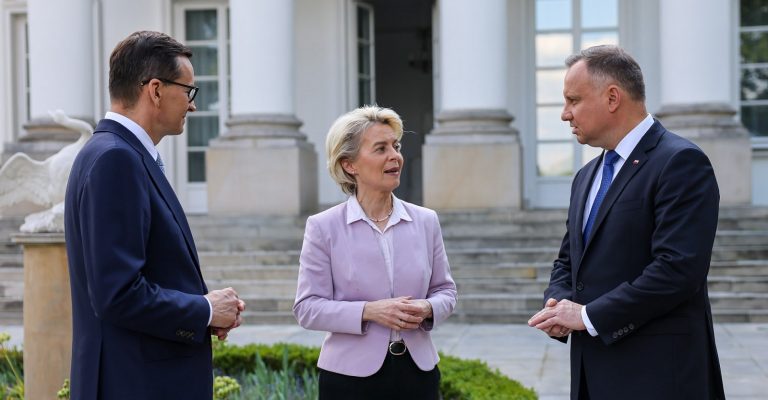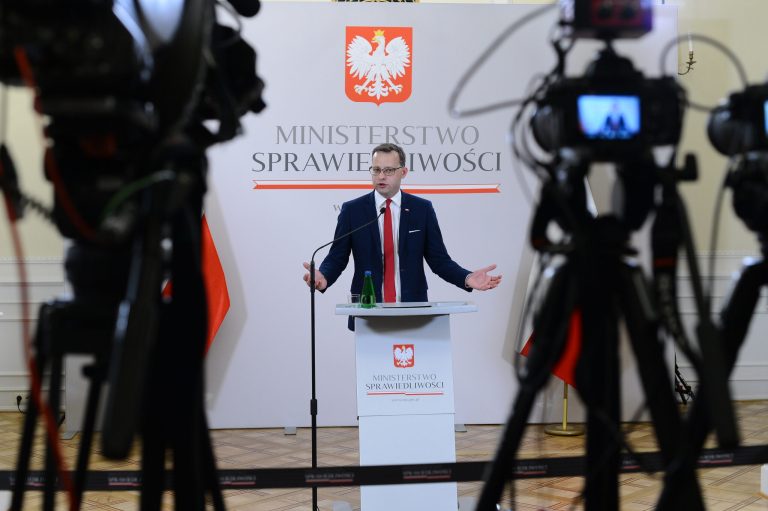Poland adopts dynamic electricity pricing amid growing share of renewables in energy mix

Poland’s parliament has approved changes to energy laws that, among other things, will introduce dynamic pricing that allows electricity costs to be adjusted every 15 minutes based on supply and demand.
That is intended to address the challenges created by the growing share of renewable power sources in Poland’s energy mix. Their output can fluctuate significantly over the course of a day.
Lawmakers also hope that the change will reduce the need to sometimes shut down renewables when electricity production is too high compared to demand – for example, when there is a lot of wind or solar while electricity consumption is low.
Poland’s climate ministry has outlined plans for the country to generate three quarters of its electricity from zero-emissions sources by 2040, with 51% coming from renewables and almost 23% from nuclear https://t.co/CksVqGQXkV
— Notes from Poland 🇵🇱 (@notesfrompoland) April 4, 2023
Parliamentary work on the legislation – which is designed to implement European Union directives – was completed on Friday when the lower-house Sejm approved the majority of amendments proposed by the upper-house Senate, reports the Gazeta Wyborcza daily.
Most of the provisions adopted as part of the reforms, including the dynamic billing, will enter into force in July 2024.
Such dynamic tariffs are already offered to individual consumers in countries such as the Netherlands, Sweden, Germany, Austria and the UK. In Poland, they can currently only be used by certain business customers that have high energy use and have individually negotiated terms.
Poland declared an official threat to the security of electricity supplies for only the second time in history yesterday.
The reason was an oversupply of renewable energy, with the grid operator ordering solar and wind to be disconnected temporarily https://t.co/XzdR1qcnpT
— Notes from Poland 🇵🇱 (@notesfrompoland) April 24, 2023
Under the dynamic tariffs, the price of electricity updates every 15 minutes to reflect the current situation on the market. If electricity production is high, for example, prices are lower. They go up if power is in shorter supply and demand is high.
These measures are designed in part to encourage consumers to use energy when production is high and demand is low. That can in turn help avoid shutdowns of renewable energy plants, as has happened in Poland on particularly sunny or windy weekends or holidays when electricity consumption was low.
In July of this year, average 24-hour energy production in Poland was highest between 9 a.m. and 8 p.m., when solar power significantly boosted production, show data from the Jagiellonian Institute think tank.
According to the data from the same think tank, cited by Gazeta Wyborcza but not available publicly, average prices over the last 30 days were the lowest from noon to 4 p.m., bottoming out at 2 p.m. at 376 zloty (€84.5) per MWh.
Meanwhile, the highest prices were in the morning between 7 a.m. and 9 a.m. and in the evening after 6 p.m., peaking at 9 p.m. at 626 zloty (€140.8) per MWh.
Dynamic tariffs are to be offered by all power companies serving more than 200,000 end-users, but their use will be voluntary for customers.
Renewable energy micro-installations contributed over twice as much power to Poland’s electricity network last year as in 2021.
The majority of that came from home solar installations, which have boomed thanks to a state subsidy schemehttps://t.co/1ZRcy65gyZ
— Notes from Poland 🇵🇱 (@notesfrompoland) March 21, 2023
A condition for taking advantage of dynamic pricing will be having a smart electricity meter. To date, only a fifth of electricity consumers in Poland have one. However, the government is aiming for 80% of homes to have one by 2028.
Other changes introduced in the revised energy law include the possibility of creating civic energy communities – which will be able to generate, store and sell energy – and the creation of a tool for comparing all offers available on the market for the sale of electricity to households and businesses with consumption of under 100 MWh a year.

Notes from Poland is run by a small editorial team and published by an independent, non-profit foundation that is funded through donations from our readers. We cannot do what we do without your support.

Alicja Ptak is senior editor at Notes from Poland and a multimedia journalist. She previously worked for Reuters.






